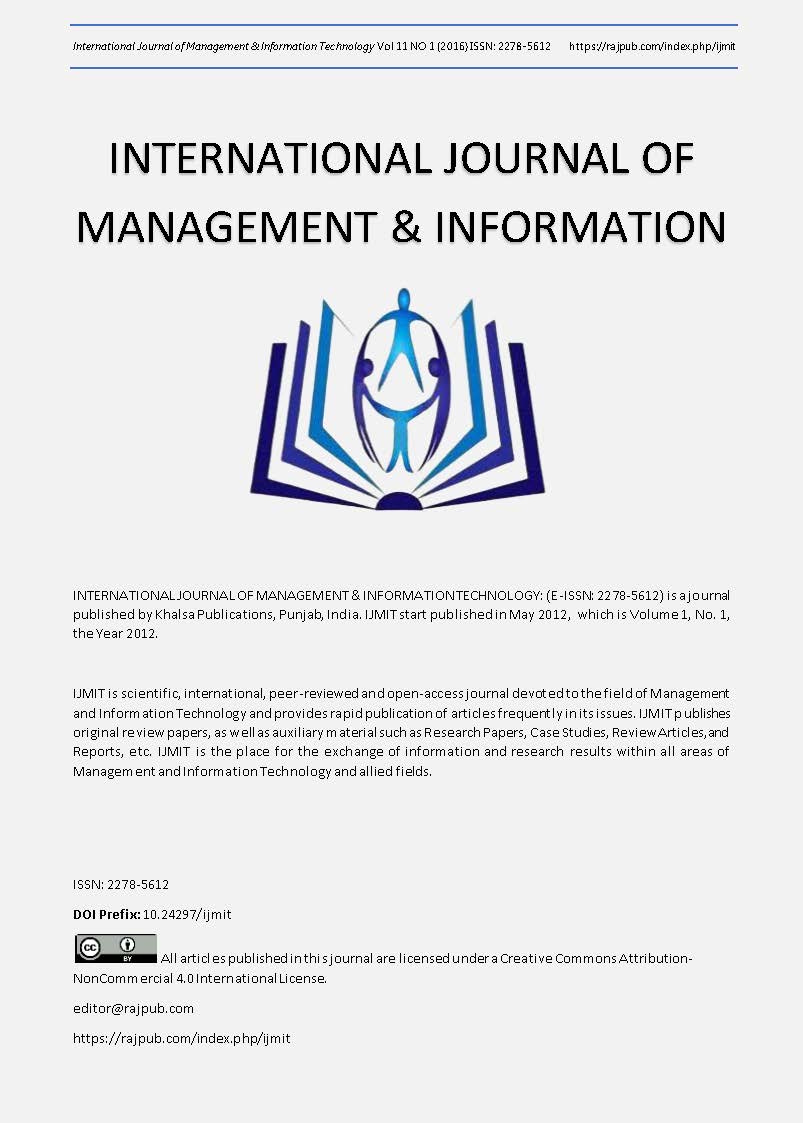IMPACT OF PAK-INDIA TRADE ON ECONOMY OF PAKISTAN BY USING COMPUTABLE GENERAL EQUILIBIUM MODEL (CGE)
DOI:
https://doi.org/10.24297/ijmit.v11i1.4936Keywords:
PAK-INDIA, TRADE, CGE.Abstract
This research investigates the Impact of PAK-INDIA trade on Economy of Pakistan. Data were collected from GTAP-7 database and six sectors were included in the database, Textile, Pharmaceutical, Automobile parts and engineering, Agriculture, Financial and Insurance services and logistics. Data were analyzed by using GEM-software. Different simulation run on GTAP-7 database and various tariff rates applied. It was revealed that if India were removing the sensitive list item, in this scenario both countries would have positive impact on GDP, Export, Import and Employment of Pakistan. The results indicates that there in Agriculture, textile, Auto Pakistans is head on India in MFN status. In Pharmaceutical, Financial services and Logistics India has positive gain. It was further revealed that if Pakistan is given MFN status to India, Pakistans import decreased and Export increased and overall positive impact on Economy. This research analyzes the potential economic costs and benefits of Pak-India trade in Textile, Pharmaceutical, Automobile parts and engineering, Agriculture, Financial and Insurance services and logistics. The first scenario is when normal trading relation with India will be restored; it means that both countries will give the MFN (Most Favored Nations) status to each other. In the second scenario, the SAFTA will be operative and there will be free trade between India and Pakistan and both countries will remove all tariffs and custom duties from each others imports. The Global trade analysis GTAP model is used to analyze the possible impact of SAFTA on Pakistan in a multi country, multi sector applied General equilibrium frame work. After employing the simplified static analysis framework, the analysis based on simulations reveals that current demand for Pakistani Textile, Pharmaceutical, Automobile parts and engineering, Agriculture, Financial and Insurance services and logistics will expand after the FTA and consumer surplus will increase. The drop in the domestic prices of dates will increase the production of many downstream industries, which will have pleasant multiplier effects on the economy of Pakistan. The government may reduce MFN tariffs on industrial dates before implementing the FTA. A key rule of multilateral trade system is that the reduction in trade barriers should be applied on a most-favored nation basis (MFN) to all WTO members. The only exception to the MFN principle built into the GATT legal framework is the provision for reciprocal free trade within customs unions and free trade areas (GATT article XXIV). Following the analytical framework discussed by PO managerial (2001), we employ the simplified static analysis by using CGE model for policy implication, which reveals that Pakistan will gain benefit from Pak-India trade. Results based on this research reveal that on SAFTA, grounds, here will be net export benefits in Pakistans economy.
Downloads
Downloads
Published
How to Cite
Issue
Section
License
 All articles published in Journal of Advances in Linguistics are licensed under a Creative Commons Attribution 4.0 International License.
All articles published in Journal of Advances in Linguistics are licensed under a Creative Commons Attribution 4.0 International License.








